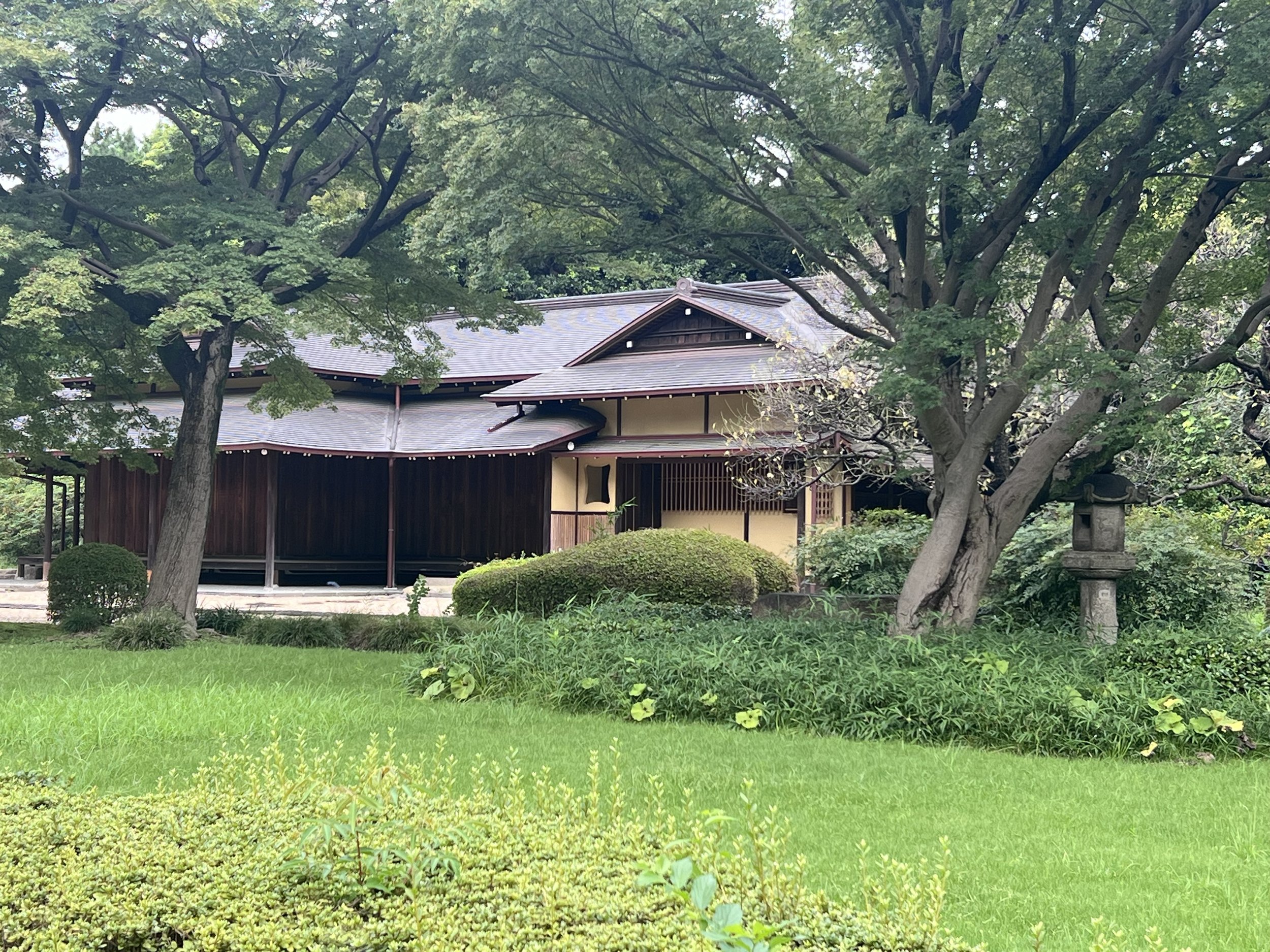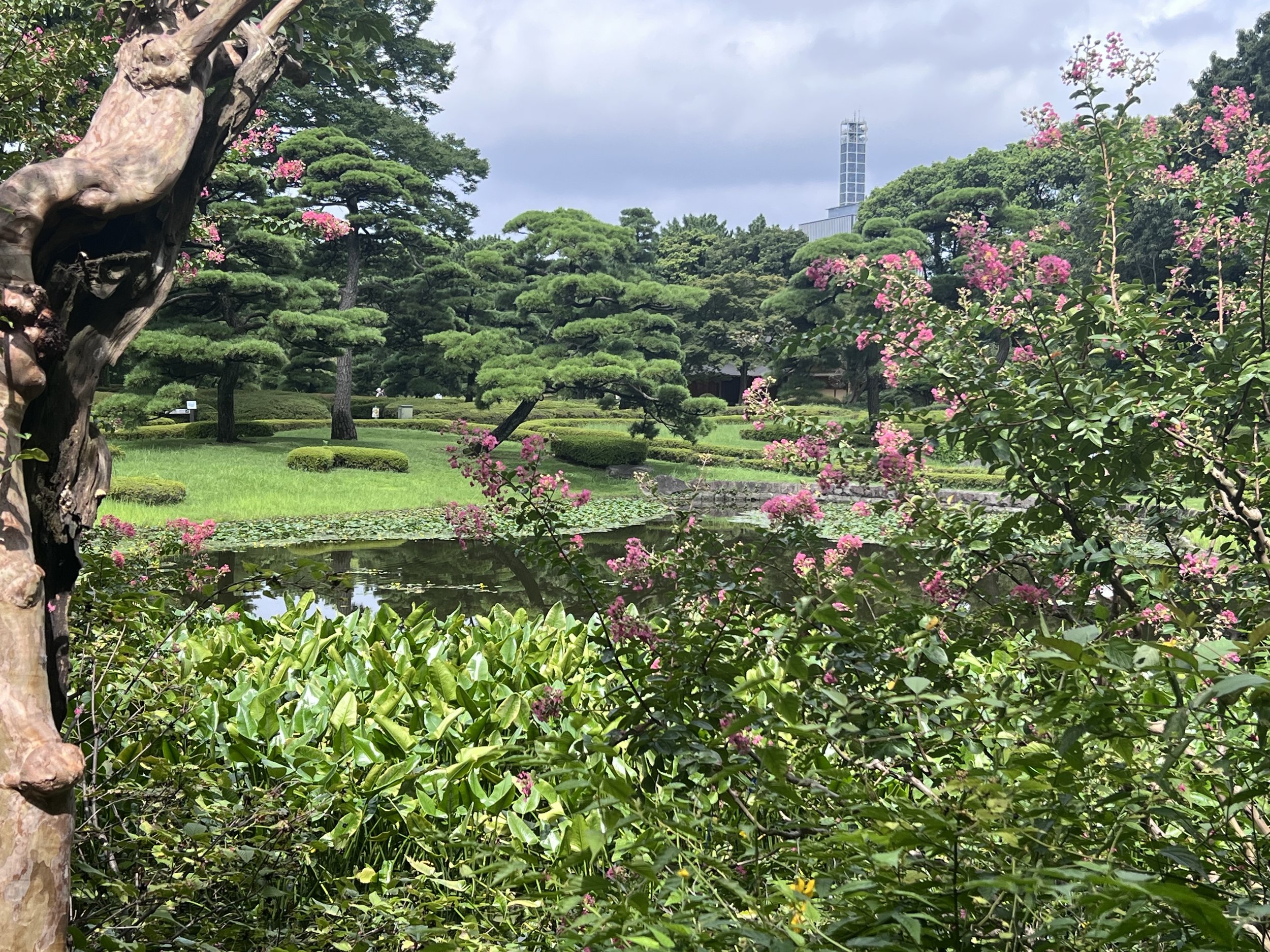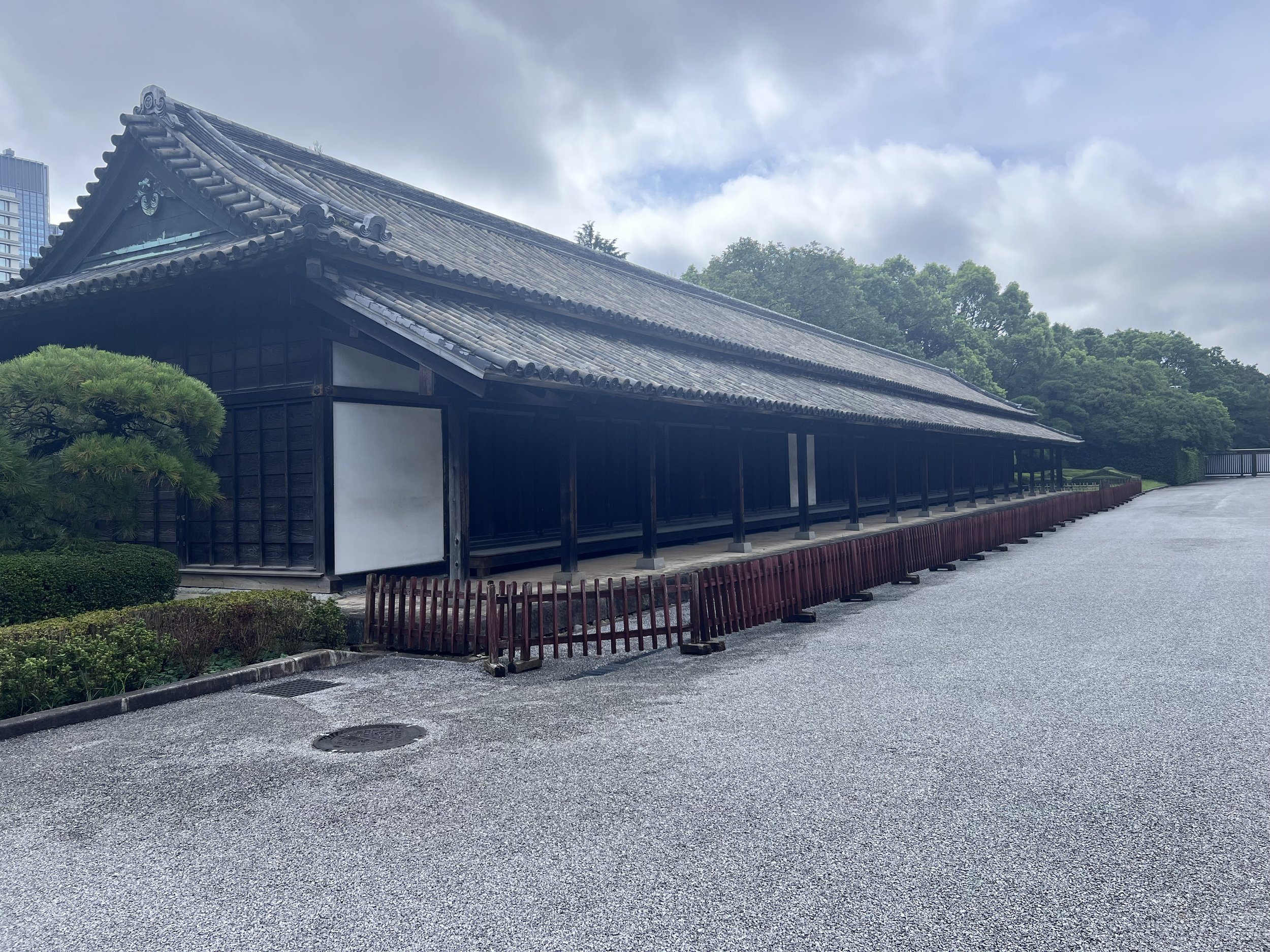Exploring the Imperial Palace Gardens: Tokyo’s Historic Green Space
The Imperial Palace Gardens, located in the heart of Tokyo, offer a unique glimpse into Japan’s imperial history and provide a serene escape from the city’s bustling streets. These gardens, part of the larger Imperial Palace grounds, are open to the public and blend natural beauty with historical significance.
**A Historic Legacy**
The Imperial Palace stands on the site of Edo Castle, the seat of power for the Tokugawa shogunate during the Edo period (1603-1868). After the Meiji Restoration in 1868, the Emperor moved from Kyoto to Tokyo, and the castle became the Imperial Palace. While much of the original castle no longer exists, the gardens retain elements of the historical landscape, including the massive stone walls and moats that once protected the shogun’s residence.
**Highlights of the Gardens**
The East Gardens (Higashi Gyoen) are the most accessible part of the palace grounds and are a popular spot for visitors. They cover an area that was once part of the innermost circle of Edo Castle, and you can still see remnants of the castle’s foundation. The gardens are divided into several sections, each offering different scenery, from traditional Japanese landscaping to more Western-style lawns and flowerbeds.
One of the most notable features is the Ninomaru Garden, a traditional Japanese garden with a pond, stone bridges, and meticulously arranged plants. It’s designed to reflect the changing seasons, making it a popular spot year-round. Another point of interest is the Tenshudai, the stone base of the former castle tower, which provides a good view of the surrounding area.
The Kitanomaru Park, located north of the main gardens, houses the Nippon Budokan, a famous martial arts hall, and the Science Museum. This area also features a mix of natural and landscaped gardens, providing a peaceful atmosphere for a stroll.
**Visitor Information**
The gardens are open to the public year-round, except on specific holidays. Admission is free, but visitors must pass through a security check at the entrance. The gardens are well-maintained, with clear paths and informative signs in both Japanese and English.

















